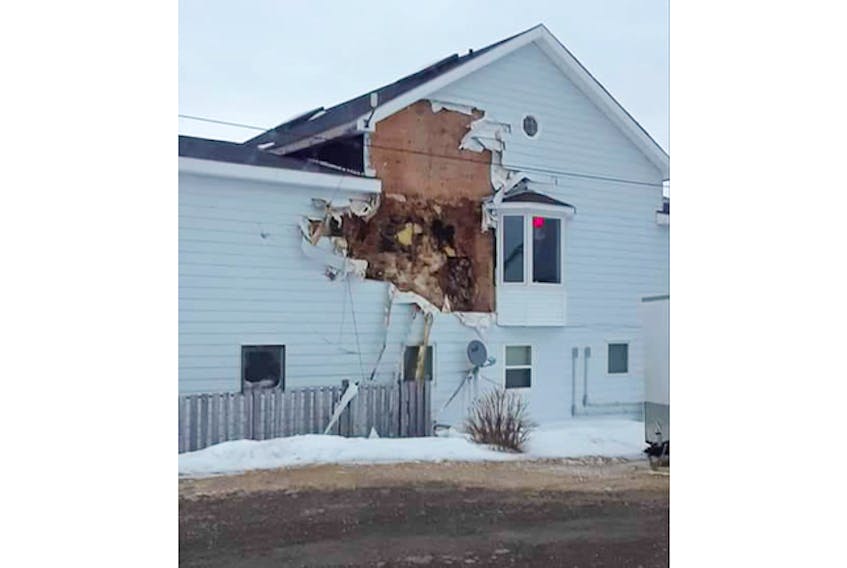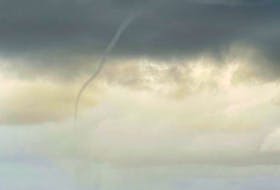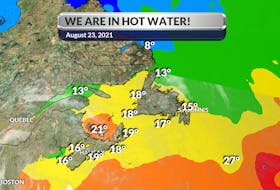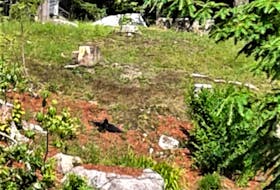Residents of western Cape Breton won’t soon forget last Thursday night. As a storm approached from the south, the fabled “suêtes” winds started to howl.
I was home watching hockey when I noticed some activity on my Facebook page. The first post I saw was from Kevin John Camus. His detailed hourly weather report indicated a wind gust to 229 km/h. It wasn’t long before people started to post photos and comments:
Marie Géraldine LeBlanc: “It’s really nerve-racking. It’s the worst I’ve ever experienced since I’ve been back home (1994). We still have electricity and telephone/Internet. Thank God for looking after us. I imagine the packed ice will be long gone by morning. Stay safe everyone.”
Aaron Bourgeois: “Cindy, I believe the last time winds reached this speed was the winter hurricane of March 1993. The Cheticamp hospital’s roof was torn off that night.”
Paula A Camus: “The new update is gusts to 242!!”
And finally, Mike Leavitt: “Capers are a tough breed, especially up that way. Mother Nature needs to take a vacation.”

The science behind the wind…
Les Suetes is an Acadian phrase used to describe a very strong southeast wind that occurs in an area along the western coast of Cape Breton Island, specifically in Inverness County, north of Mabou.
The name is a contraction of the French wind direction “sud-est” or south-east. These winds develop ahead of a weather system as it approaches from the south. The counter-clockwise flow sets up a southeasterly wind that pushes up against the Cape Breton Highlands. A local funnelling effect causes compression and the wind intensifies as it travels up and over the mountains. It gushes down the other side to the coastal plateau along the Gulf of St. Lawrence at triple the initial speed; these wind gusts often reach 130 km/h and have been known to gust to 240 km/h. Local fishermen report these winds can extend as far out as 25 kilometres offshore.
- Want more weather information? Visit your weather page.
- Have a weather question, photo or drawing to share with Cindy Day? Email [email protected]
Cindy Day is the chief meteorologist for SaltWire Network









